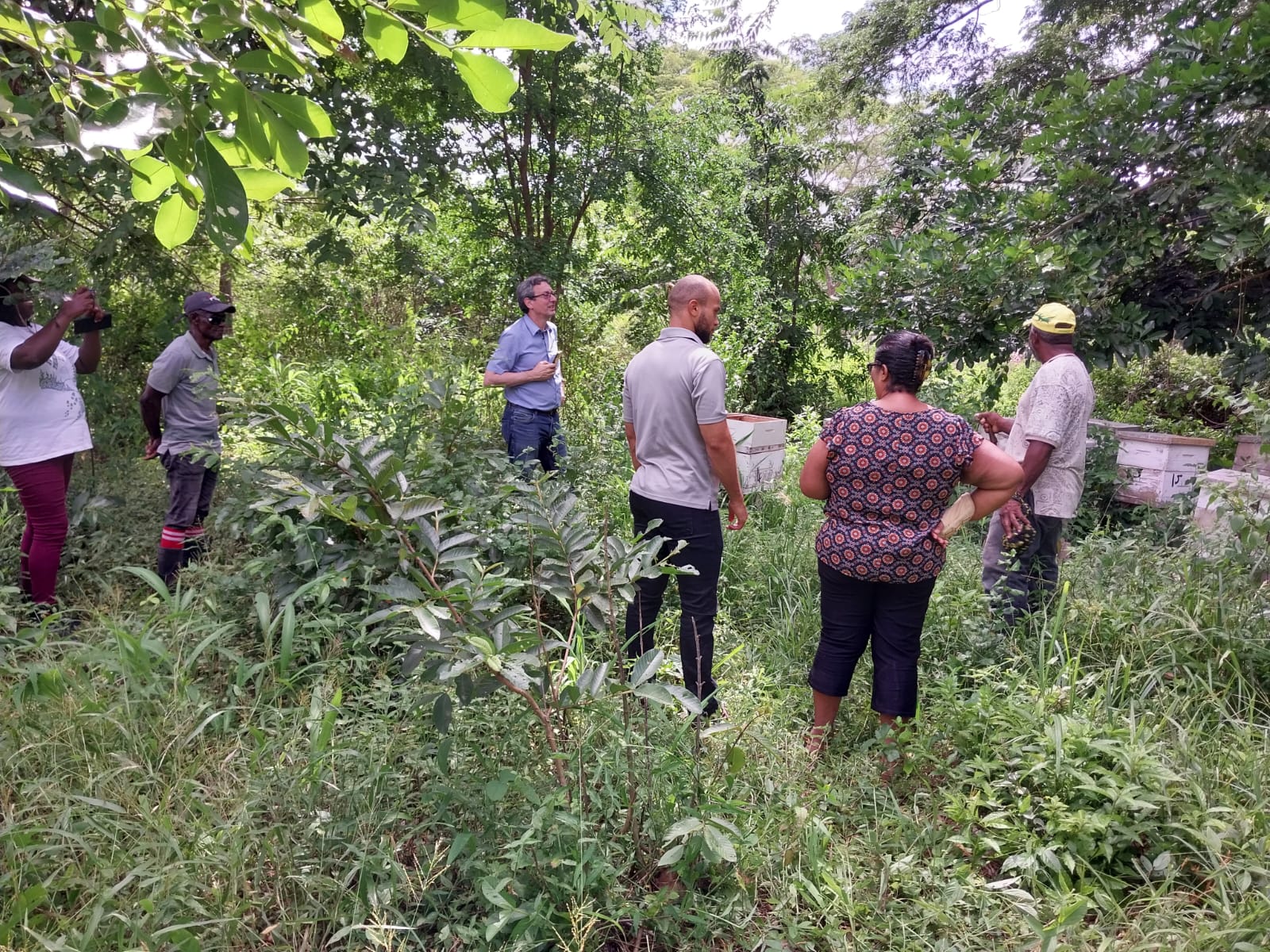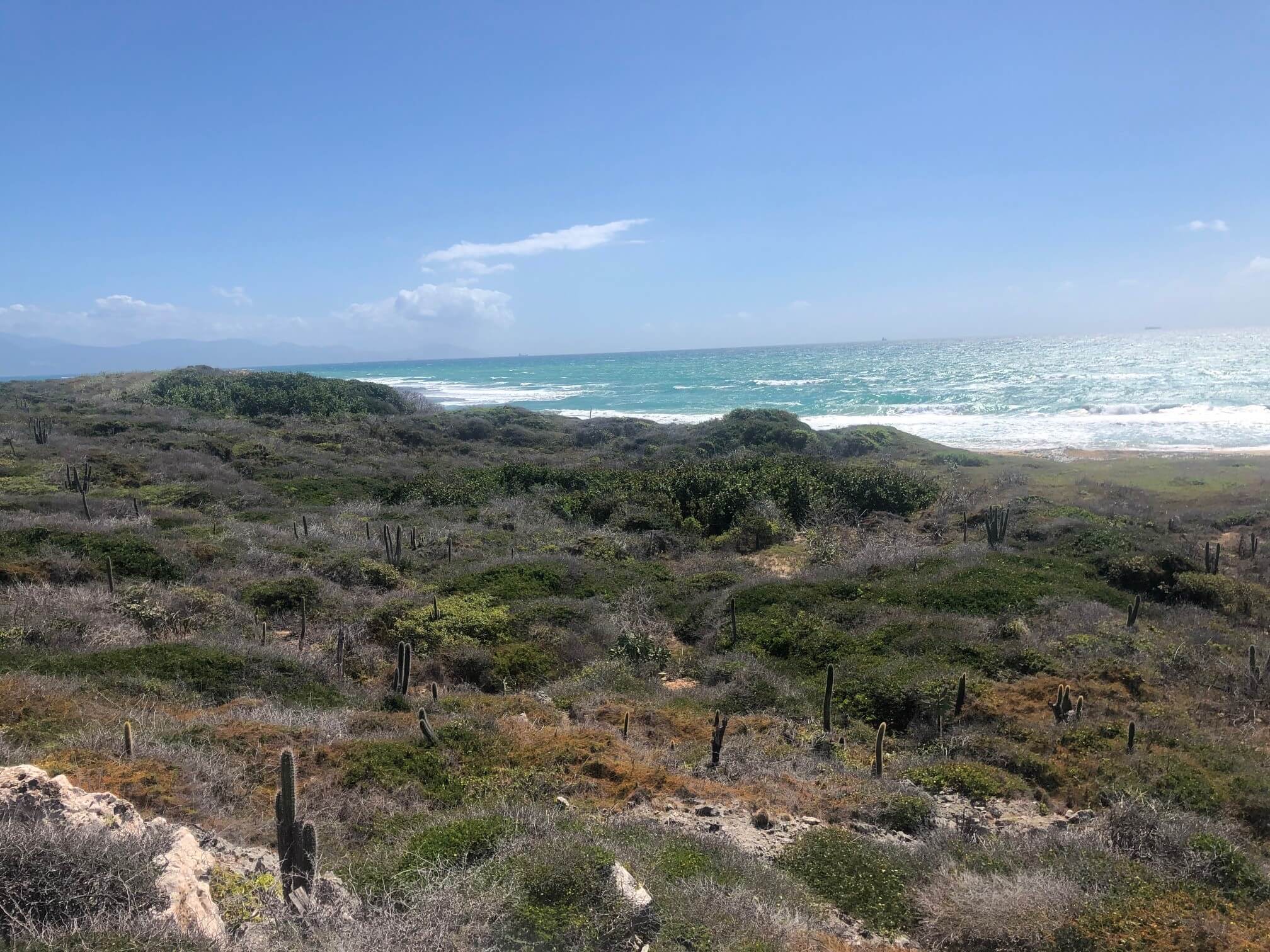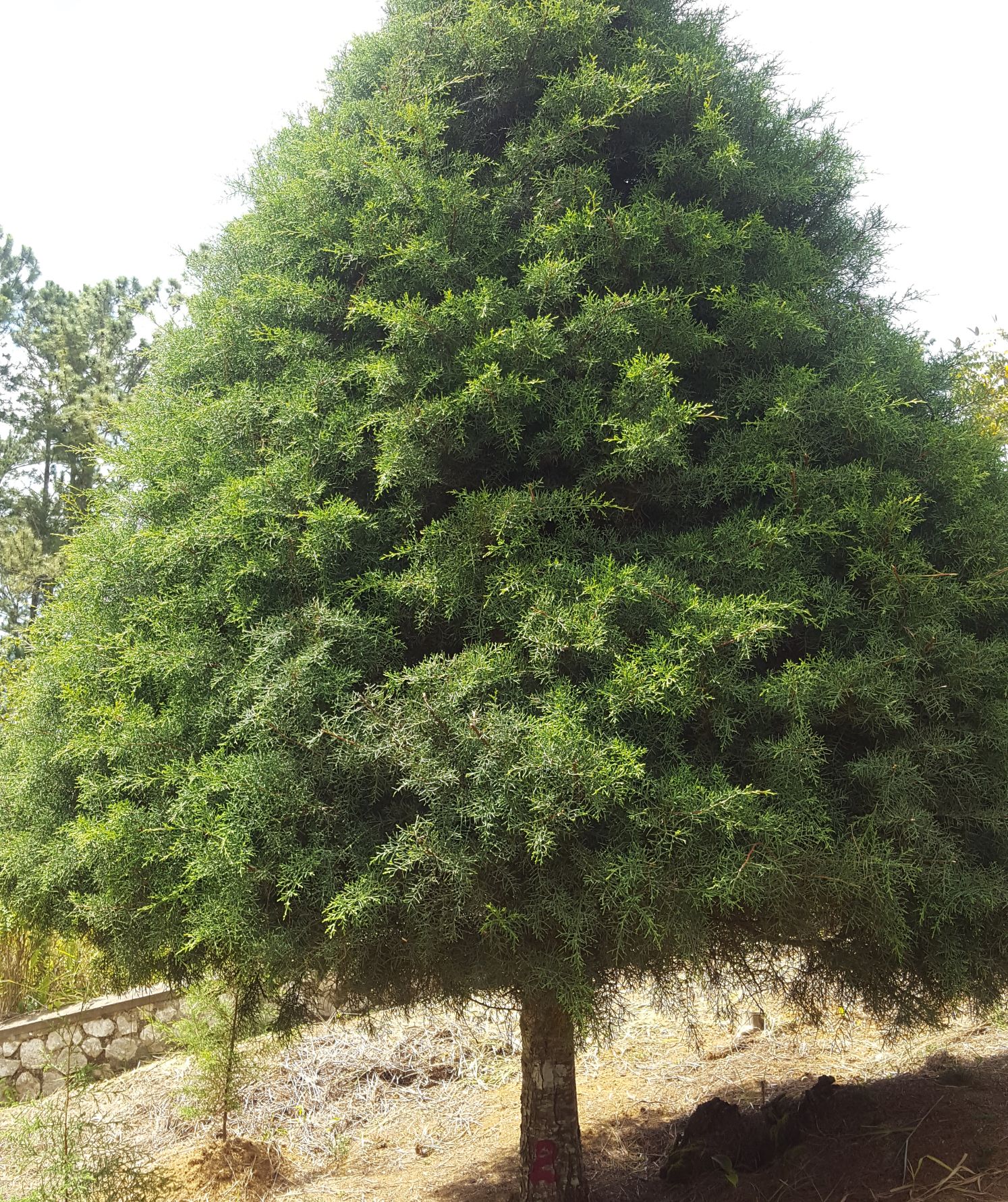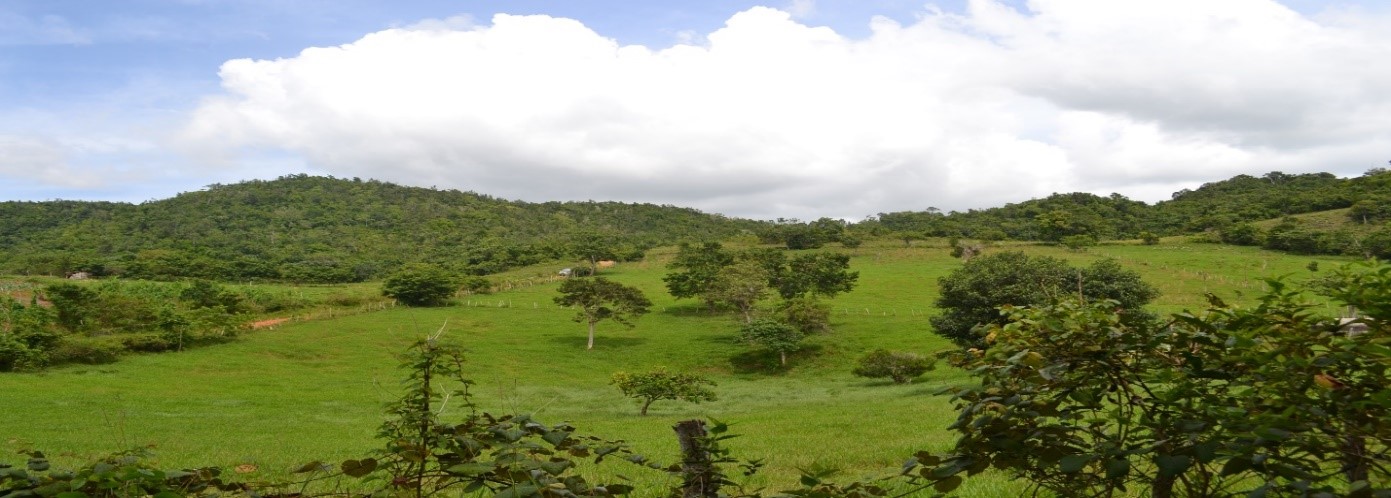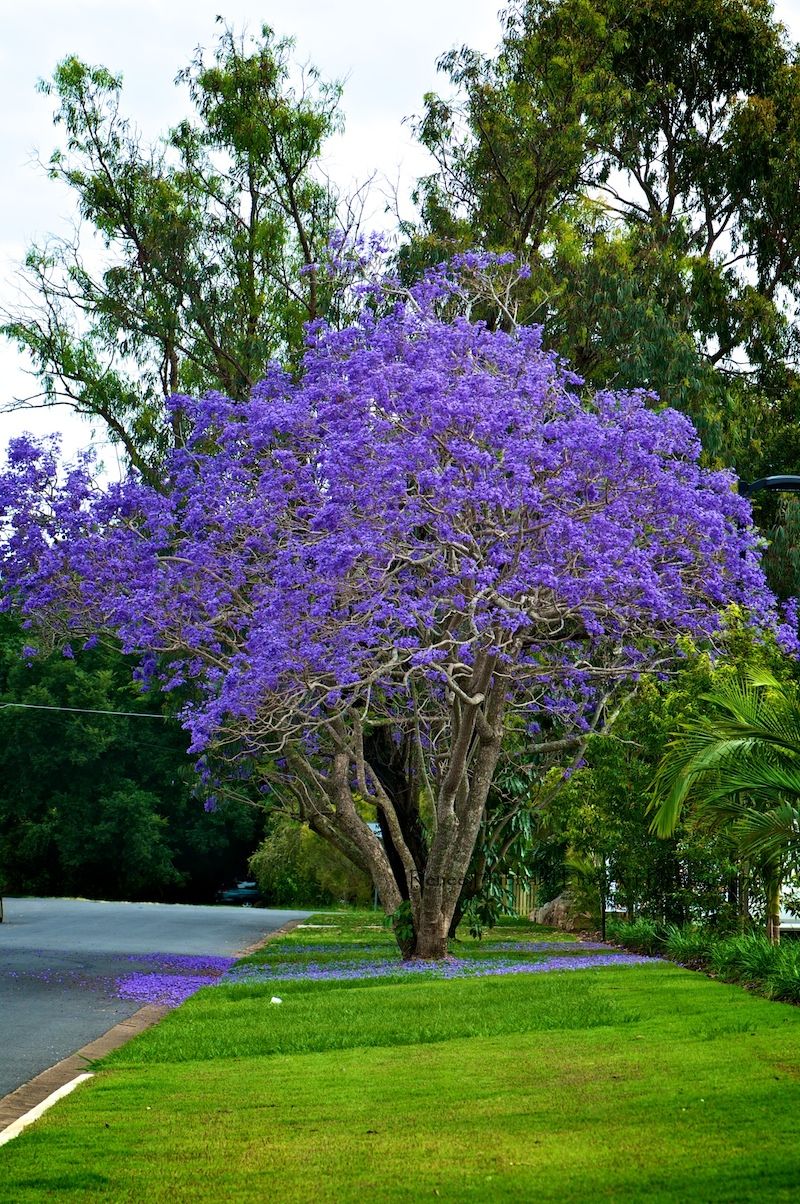Latest Blog
Have you ever wondered how you could contribute to fighting climate change while potentially benefiting from it? Enter REDD+, a global initiative that's making waves in forest conservation and sustainable development. Let's break it down and see what it means for you, especially if you're in Jamaica.
What is REDD+?
REDD+ stands for "Reducing Emissions from Deforestation and Forest Degradation, plus the sustainable management of forests, and the conservation and enhancement of forest carbon stocks." In simpler terms, it's a way for countries to earn money by keeping their forests standing and healthy.
The International REDD+ Strategy
At its core, the international REDD+ strategy aims to:
- Reduce deforestation and forest degradation
- Conserve and sustainably manage forests
- Enhance forest carbon stocks
Countries that successfully implement REDD+ can receive payments for the carbon emissions they've prevented by protecting their forests.
Jamaica's National REDD+ Strategy
Jamaica is currently developing its own National REDD+ Strategy. This strategy will outline how the country plans to reduce deforestation, manage forests sustainably, and enhance forest carbon stocks. The strategy is built on four pillars:
- National REDD+ Strategy/Action Plan
- National Forest Monitoring System
- Forest Reference Emission Level
- Safeguards Information System
What's in it for you?
Now, you might be thinking, "That's great for the country, but what about me?" Here's where it gets interesting:
- Economic Opportunities: REDD+ can create new jobs in forest management, eco-tourism, and sustainable agriculture8. For example, you could start an eco-friendly tour guide business or get involved in agroforestry projects.
- Improved Livelihoods: REDD+ projects often include alternative livelihood programs. In Kenya, for instance, a REDD+ project has created jobs in organic farming and eco-friendly clothing production.
- Healthier Environment: By protecting forests, REDD+ helps maintain clean air and water, which directly benefits your health and quality of life.
- Climate Resilience: Healthy forests act as natural buffers against extreme weather events, making your community more resilient to climate change.
- Potential Financial Benefits: Some REDD+ projects involve direct payments to community members for their conservation efforts.
What can you do?
Here are some practical ways you can get involved:
- Plant Trees: Participate in local tree-planting initiatives or start your own in your community.
- Practice Sustainable Agriculture: If you're a farmer, consider adopting agroforestry techniques that combine crops with trees.
- Reduce Firewood Use: Use energy-efficient stoves or alternative energy sources to reduce pressure on forests.
- Engage in Eco-Tourism: Support or start eco-tourism initiatives that showcase the value of standing forests.
- Spread Awareness: Educate your friends and family about the importance of forests and REDD+.
- Participate in Community Forest Management: If local forest management committees exist in your area, get involved.
Remember, REDD+ is not just about protecting trees; it's about creating a sustainable future where both people and nature thrive. By getting involved, you're not only contributing to global climate action but also potentially opening new opportunities for yourself and your community. So, the next time you look at a forest, remember it's not just a bunch of trees. It's a potential source of sustainable income, a shield against climate change, and a key to a greener future. And you can be part of making that future a reality.

